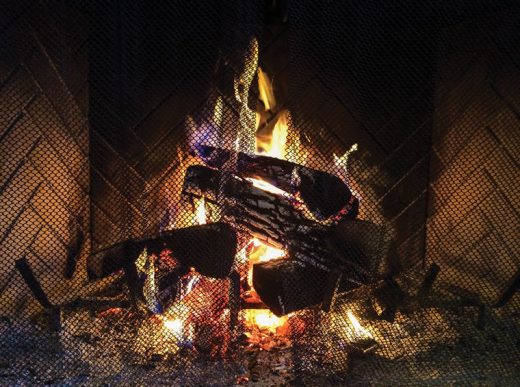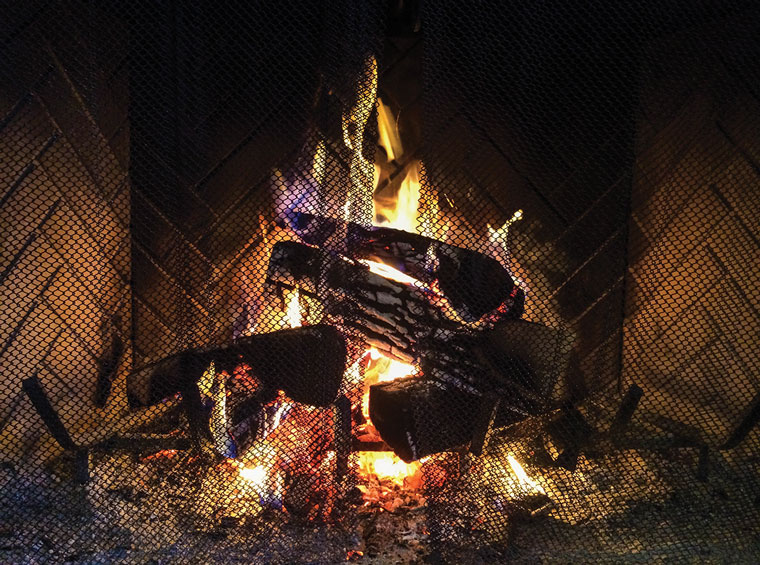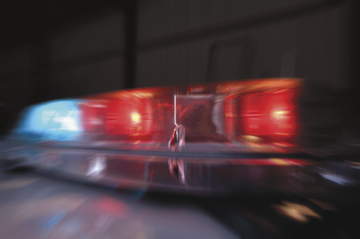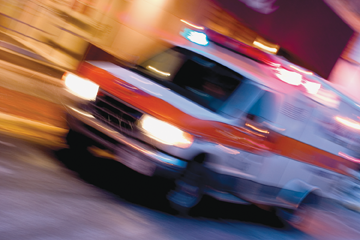
The newspaper received multiple inquiries about fireplace safety. So, we reached out to Idyllwild Fire Protection District Chief Mark LaMont for information.
During wintertime on the mountain, residents and visitors utilize fireplaces, wood and pellet stoves as additional heat sources. LaMont reminds everyone that “fireplaces can provide warmth and comfort, but if you are not careful, they can also be hazardous.”
He recommends having your chimney, fireplace, wood or pellet stove inspected and cleaned by a licensed chimney specialist and to maintain them annually to help ensure they are functioning safely and efficiently. In addition, clear any debris, decorations or combustible material from and around the hearth. Refer to the manufacturer’s instructions for additional guidance related to operation and venting.
Here are more tips from LaMont on how to keep you and your loved ones safe while keeping warm during the cold winter months.
How to keep a fire burning safely
Ensure that the flue is open before lighting your fire to help ensure the fireplace will vent properly. Do not close your damper until you are certain that the fire is out. When starting a fire, only use a match or commercial firelighter. Never use flammable liquids to start a fire.
Glass doors of a fireplace should be kept open while burning a fire. This allows the fire to receive enough air for complete combustion and to help reduce creosote build-up in the chimney. (Refer to your user guide). Metal mesh screens should remain closed whenever your fireplace is in use to help ensure that embers remain in the fireplace.
Only use dry wood in your fireplace. Wet wood can increase creosote buildup, which can lead to a chimney fire. Never burn plastic because it can release toxic chemicals and cause damage to your chimney, fireplace or wood stove.
Never burn a Christmas tree in your fireplace as the sparks from the burning needles can increase the risk for a chimney fire. Also, do not burn cardboard boxes, wrapping paper or trash in your fireplace.
Never leave a fire in a fireplace unattended. Before leaving the house or going to bed, you should make certain to fully extinguish the fire. Ensure that ashes cool completely before disposing of them (ashes can take many hours to several days to cool completely). Never empty ashes directly into a trash can. Place ashes in an approved metal container located at least 10 feet away from your home or other outbuildings. Clear an area for your ash container that is free from any combustible materials (clear to mineral soil/dirt). Do not place your ash container on your deck or other wooden surface.
Keep the outside of your home and your chimney safe
Firewood should be stacked and covered at a minimum distance of 30 feet away from your home. Your roof and chimney should be kept clean of leaves, pine needles and other debris. Prune trees and branches to keep them away from your chimney. Install a chimney cap with spark arrestor to help keep debris, leaves, branches and animals out, and to help prevent embers or sparks from escaping and creating a fire hazard.
Smoke and carbon monoxide detectors
Smoke detectors are the most effective way to detect smoke from a fire and signal an alarm so that you and your family can get out safely. A carbon monoxide detector can alert you to the buildup of this dangerous odorless and colorless gas. Test your detectors monthly and every time after you change the batteries to ensure they work properly.
If you have any questions, contact the Idyllwild Fire Protection District at 951-659-2153.






